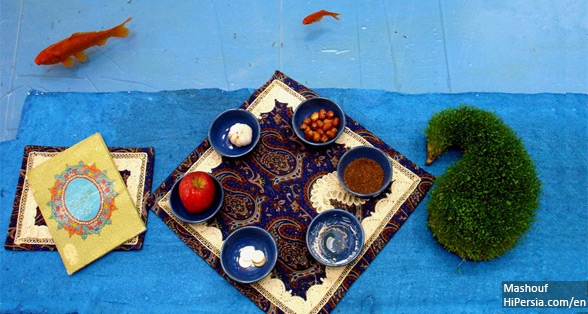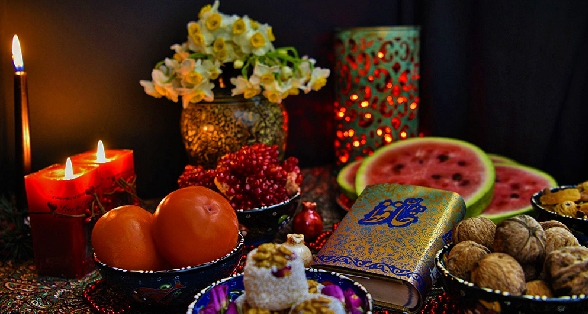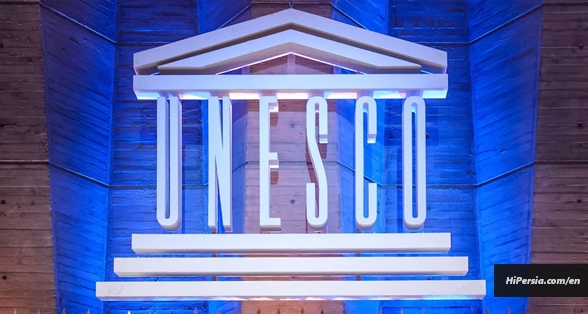



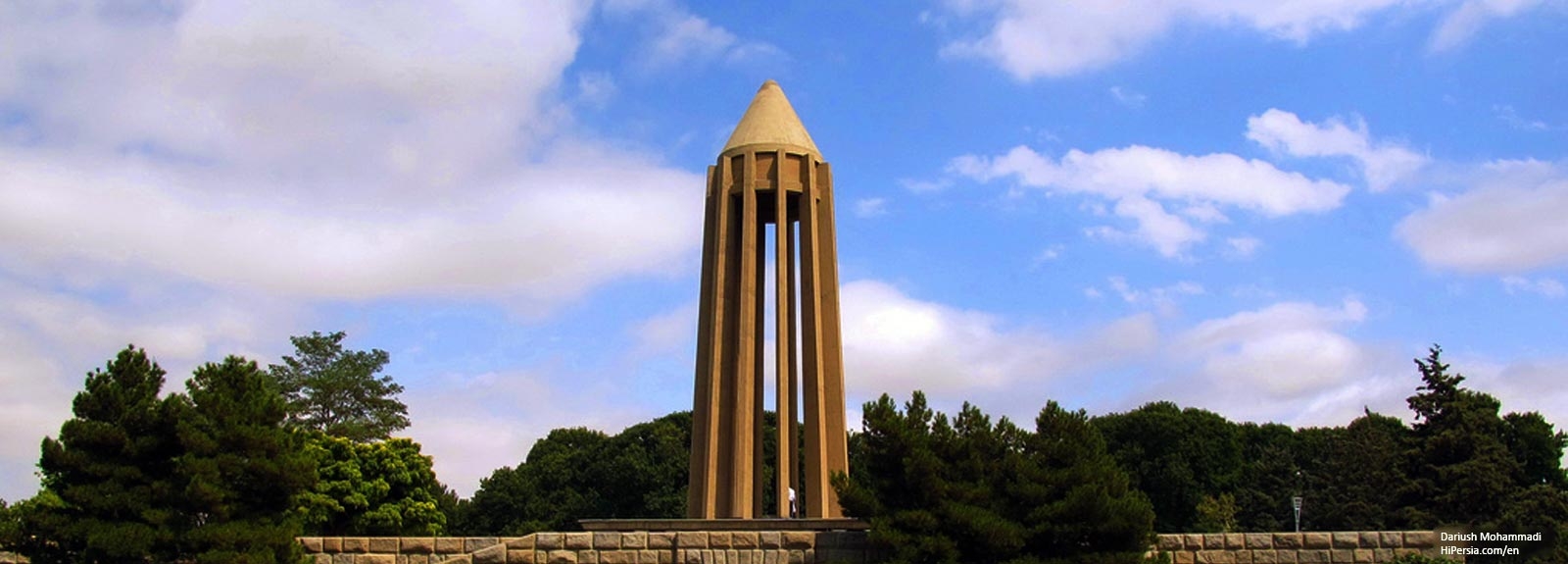
Ibni Sina (Avicenna) or “Pur-E-Sina” in the pure Persian language, was a Persian polymath and jurist who is regarded as one of the most significant thinkers and writers of the Islamic golden age.
Avicenna was born c. 980 in Afsana, a village near Bukhara Old Persia and (in present-day Uzbekistan), and has buried in Hamadan one of the western cities in Iran, in Bu Ali Sina Central Square in this city.
Of the 450 works he is known to have written, around 240 have survived, including 150 on philosophy and 40 on medicine. His most famous works are "Shefa" (The Book of Healing) a philosophical and scientific encyclopedia, and "Qanun" (The Canon of Medicine) a medical encyclopedia that became a standard medical text at many medieval universities and remained in use as late as 1650. In 1973, Avicenna's Canon of Medicine was reprinted in New York.

Besides philosophy and medicine, Avicenna's corpus includes writings on astronomy, alchemy, geography, and geology, psychology, Islamic theology, logic, mathematics, physics, and poetry. Most of his works were written in Arabic as the language of science in the Middle East were mostly Arabic and some of his works were in Persian.
Avicenna first began to learn the Quran and literature in such a way that when he was ten years old he had essentially learned all of them. Deep into the night, he would continue his studies, and even in his dreams problems would pursue him and work out their solution. Forty times, it is said, he read through the Metaphysics of Aristotle, till the words were imprinted on his memory; but their meaning was hopelessly obscure, until one day he found illumination, from the little commentary by Farabi, which he bought at a bookstall for the small sum of three Dirhams.
Avicenna was born 980 AD, at the age of 57 on June 1037 passed away in Hamadan. His first tomb has built-in Qajar and ordering by a grandchild of Iran’s shah (Fathali shah). Then Avicenna's body remains moved to a new tomb where is a house of one of the close friends of Avicenna and was buried again and it designed by Houshang Seyhoun using elements of Iranian traditional is architecture inspired by Gonbad Qabus in Gonbad Kavus City.
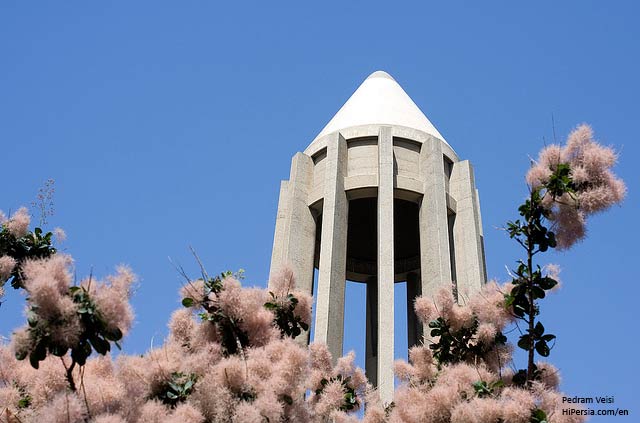
Currently, the South Hall of Museum of the tomb is for maintaining coins, pottery, bronze, and other objects that have been discovered early millennium BC to the Islamic era. In the North part of the garden, there’s a library containing 8,000 Iranian and foreign exquisite manuscripts and printed books and a pavilion for the works of Bu-Ali Sina and Hamadanian poets and writers.
It's better to choose spring and summer for traveling to Hamadan. The museum is open from 9 to 12 and 13 to 17 every day except Mondays. If you go there at night, you can just enjoy the lighting of the tomb.








